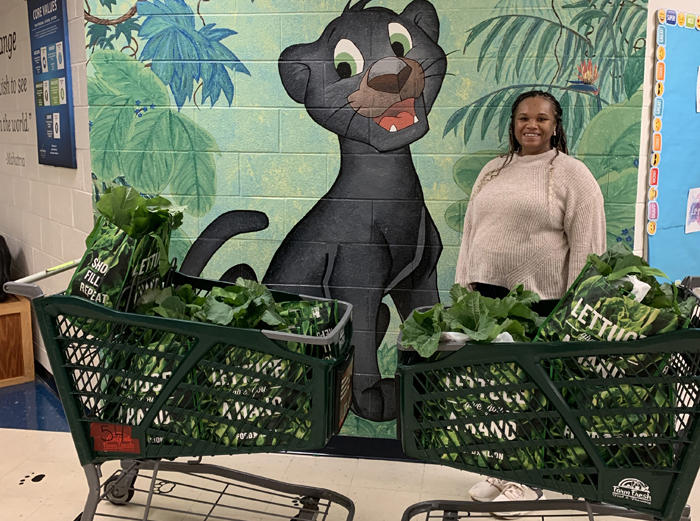Get ready to celebrate — it’s Prime Rib Day
Published 12:00 am Friday, April 27, 2018
I’ll bet that you have no idea what today is. I know that it’s Friday, April 27, but it’s also known as Prime Rib Day.
I didn’t know that either, but I just happened to come across this little known fact while deciding what to write about. I will tell you that I learned a lot about this particular cut of meat, but the origin of Prime Rib Day is still unknown. The term prime rib typically refers to the cut of meat butchers call a standing rib roast. Often served as part of a special occasion, it is an easy menu item to prepare.
So, I know you’re asking what makes this cut of meat ideal for special meals. Well, I’m glad you asked. Rib and ribeye roasts are the two popular holiday and special occasion roasts. The rib and ribeye roasts are also so tender that they can be roasted in the oven to a desired temperature using a dry heat method.
Many other types of roasts need moist heat to become tender. Rather than being cooked to medium or medium rare, they’re cooked until they are fork tender. These two are also among the most expensive roasts, so it is important to know how to prepare them correctly.
Let’s take a look at a few facts about dry vs. moist heat:
Dry heat roasting — Rib and ribeye roasts are roasted in the oven without any added liquid. Dry heat oven roasting works best with the most tender cuts of beef, which include roasts cuts from the rib section and the loin section. This section is found along the backbone area of beef.
Moist heat roasting — Some other less expensive beef cuts can be oven roasted with dry heat if they’re roasted at a slightly lower temperature for a longer time period. These include some cuts from the round section, which is along the hind quarter. Because this is a heavily exercised section of the cow, it is less tender than the rib and loin sections. However, you may prefer the flavor of many cuts from the round section if you roast them by a moist heat method where they’re browned and cooked — tightly covered — with added liquid in a heavy pot on top of the stove or in the oven. These types of roasts are often called pot roasts.
One important item that you need to always have on hand when cooking meat is a thermometer, in addition to the chart that details approximate roasting times. Also, set a timer to begin checking for the desired end temperature in the oven about 30 minutes before the minimum time given on the chart.
Your roast will increase about 5 to 10 degrees in temperature during the recommended 15 to 20-minute standing or rest time after it is removed from the oven. Letting meat rest is essential; the resting time allows the moisture inside the meat to redistribute back through the meat. Without this rest, your roast will be dry instead of tender and juicy and won’t slice as well.
Here is a link to the roasting chart for meat: https://www.foodsafety.gov/
Note: During this resting phase, lightly tent the roast with aluminum foil.
This is just the tip of the iceberg with beef and how to prepare it correctly. There are many more things to consider, as well. Those things include knowing how many to prepare for, storage of the meat afterwards, how long to cook, and of course, additional recipes, rubs and leftovers.
For more information on beef, its cuts, selection, methods of preparation, recipes and samples, join Morgan Watts and me on May 22 from 6-7:30 p.m. for “What’s your Beef?” This workshop is $10, and dinner is included. Space is limited, so pre-registration is required. Pre-register by 5 p.m., Monday, May 14, by calling 704-216-8970.
Toi N. Degree is the Family & Consumer Education agent with N.C. Cooperative Extension; contact her at 704-216-8970 or toi_degree@ncsu.edu




